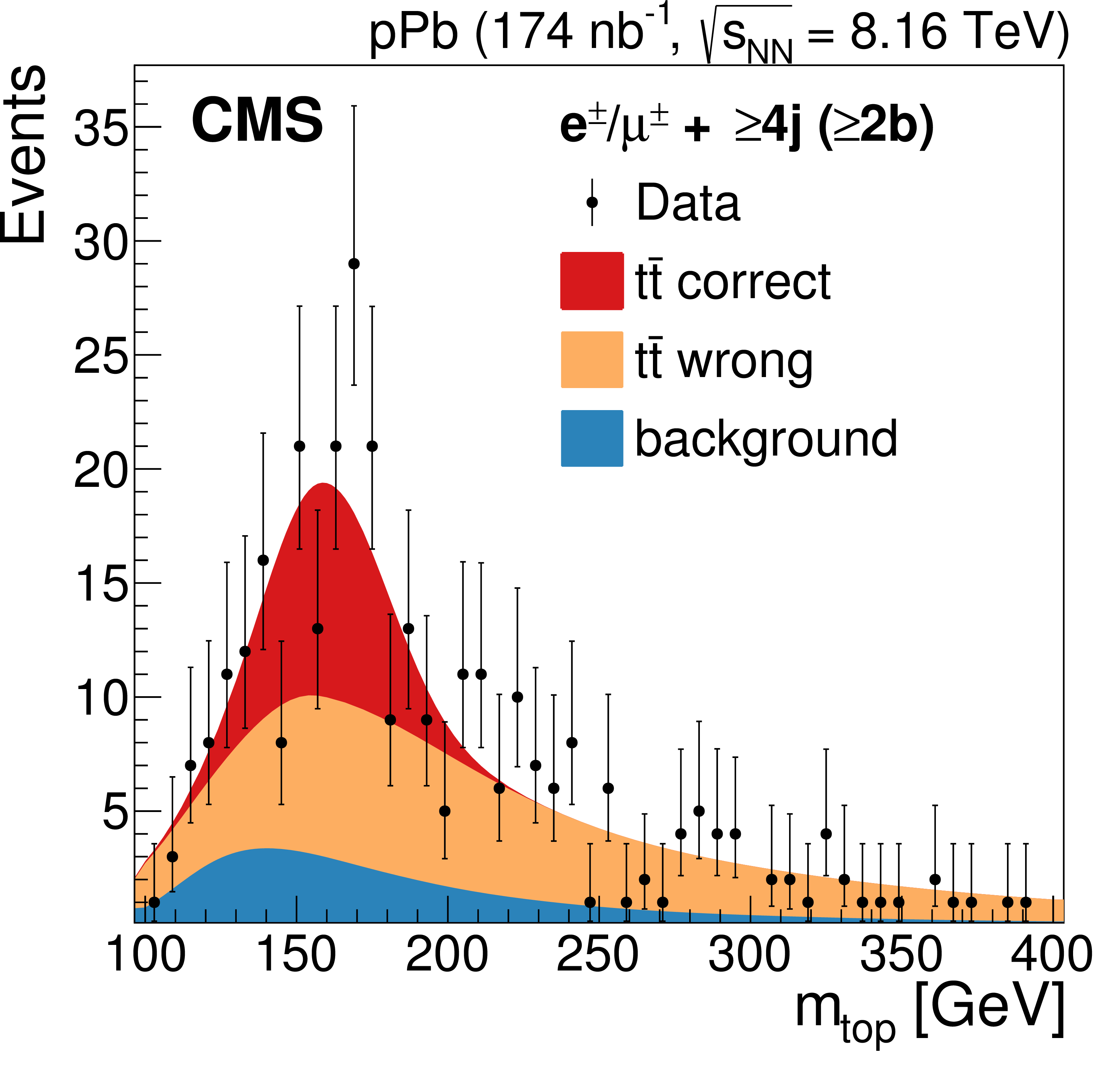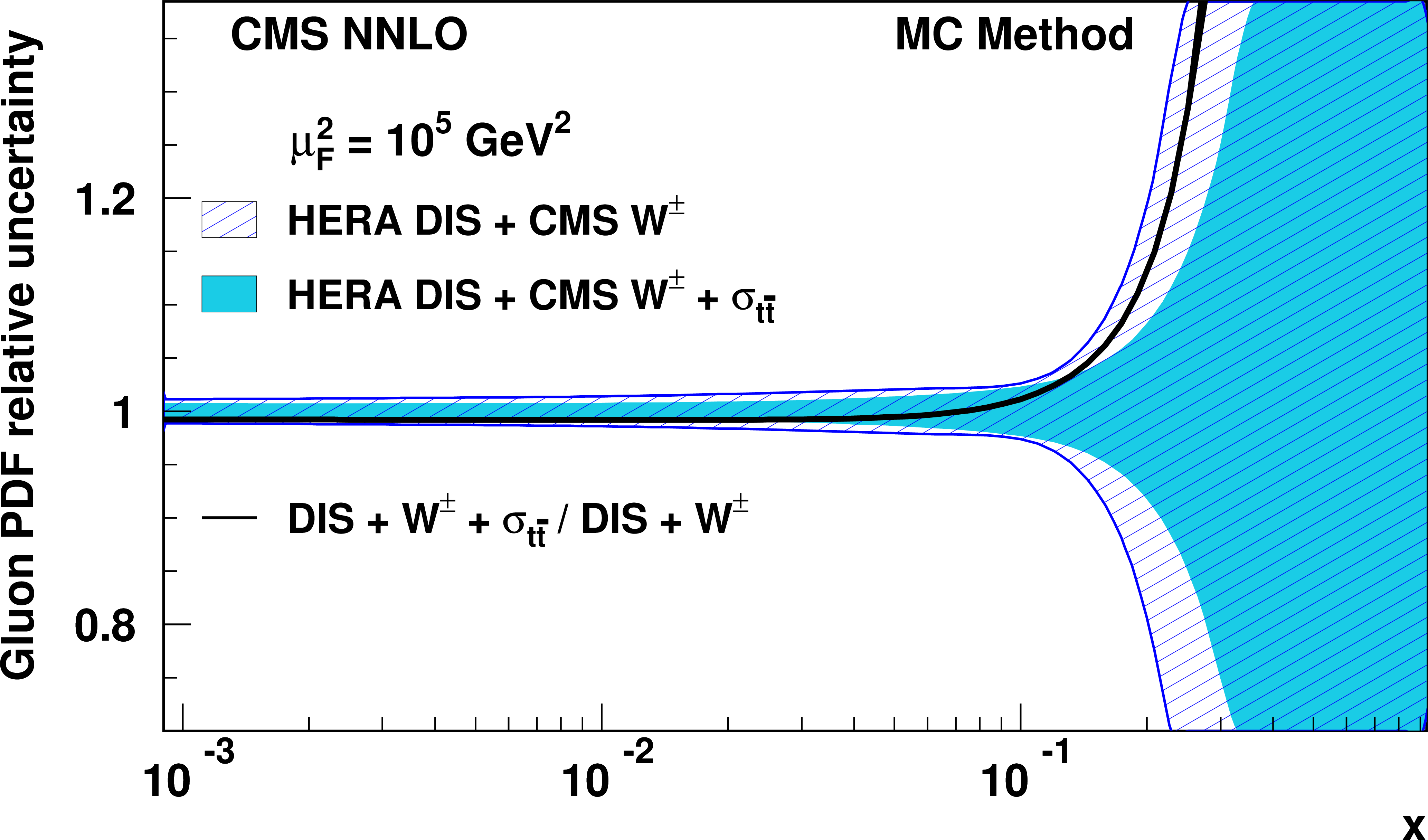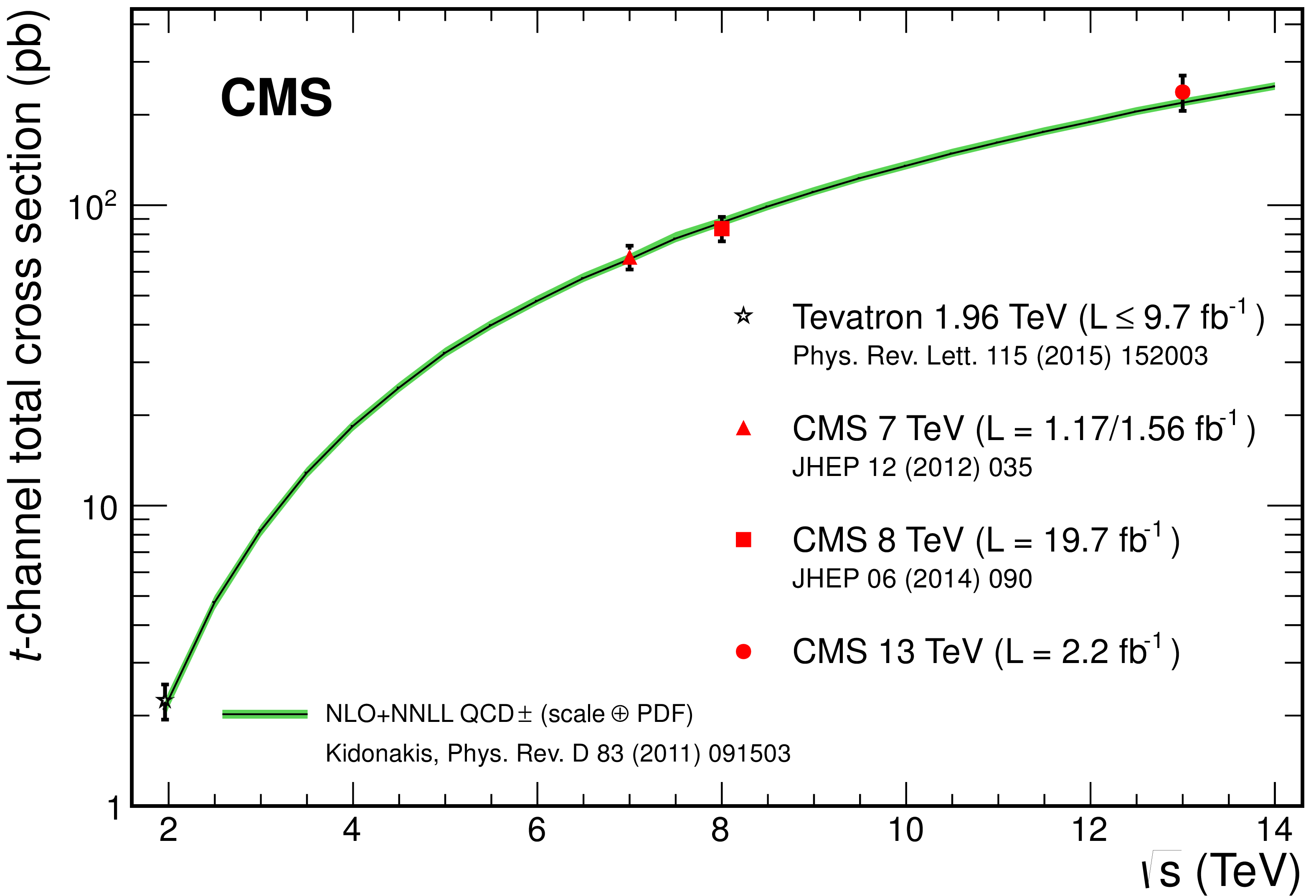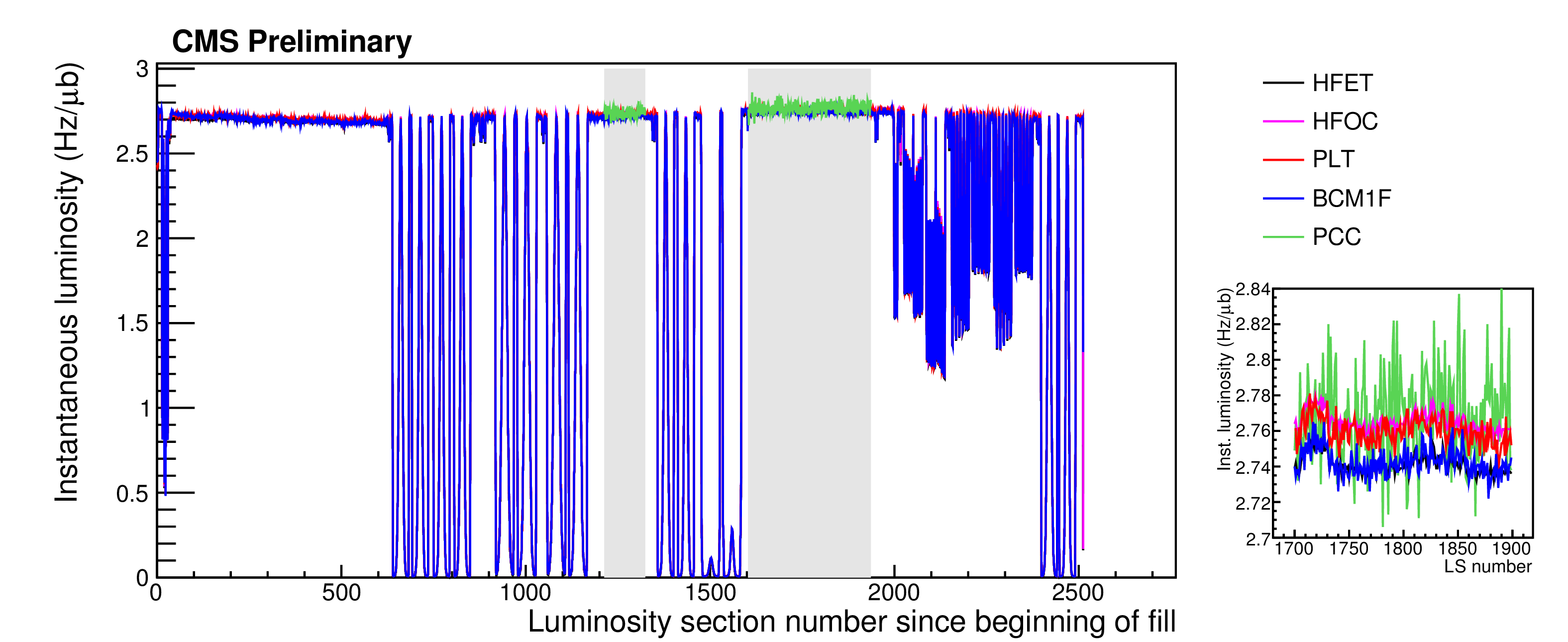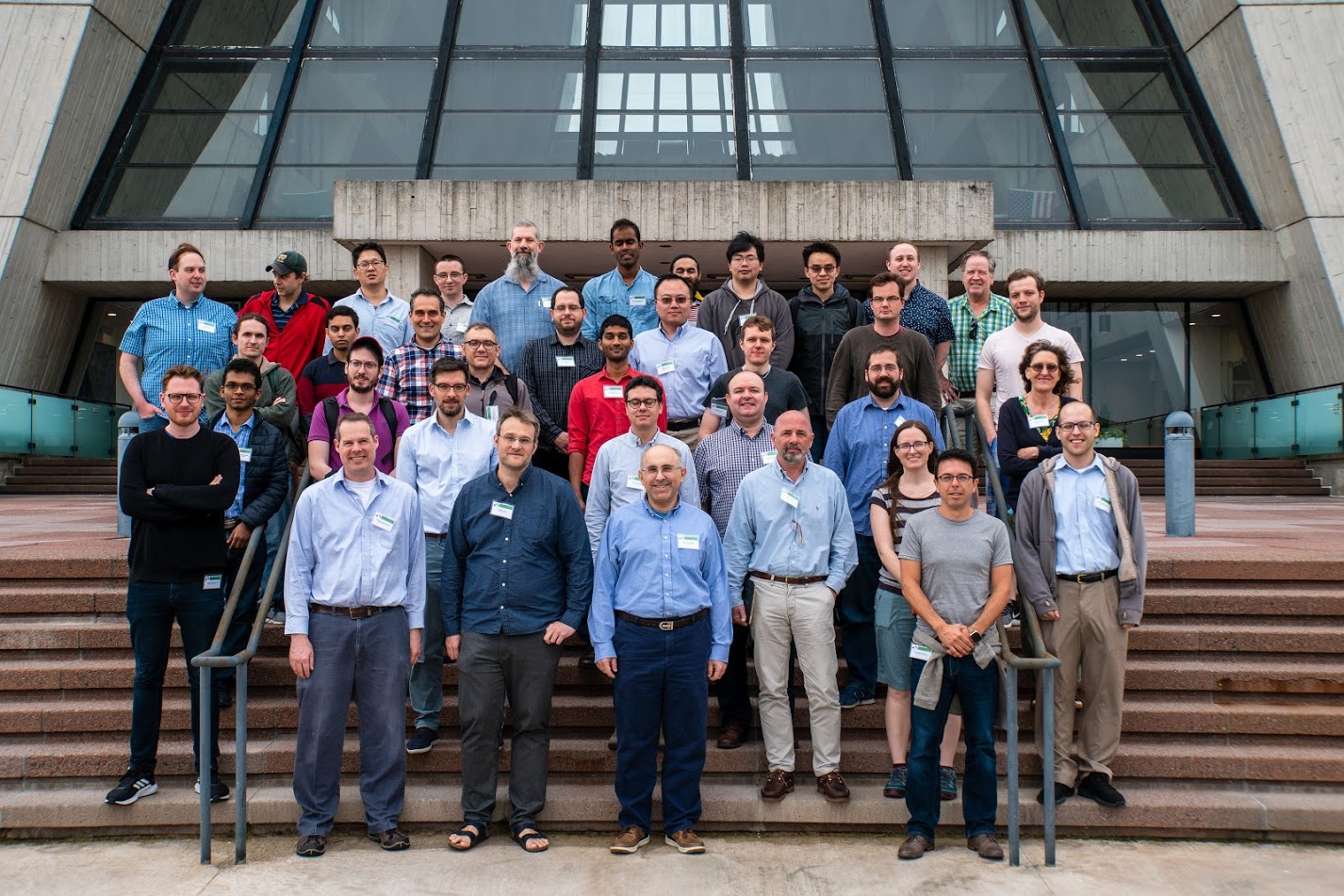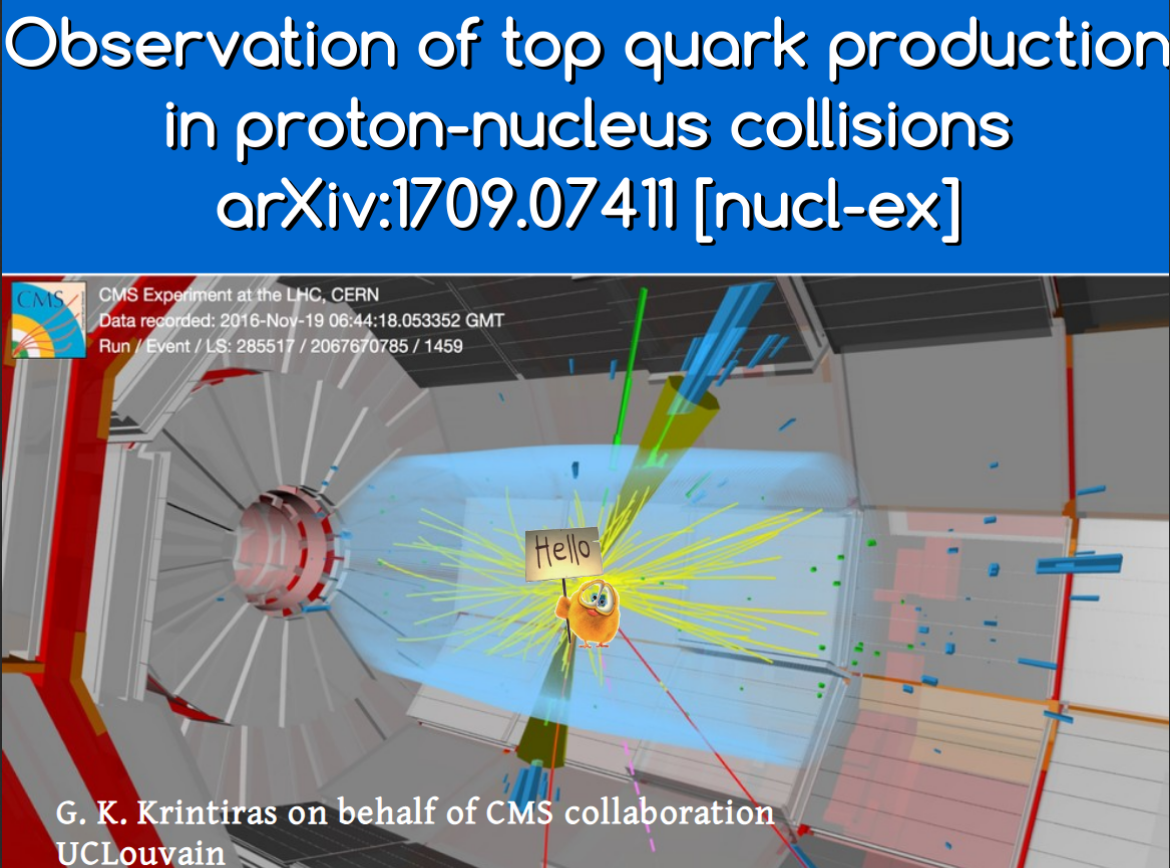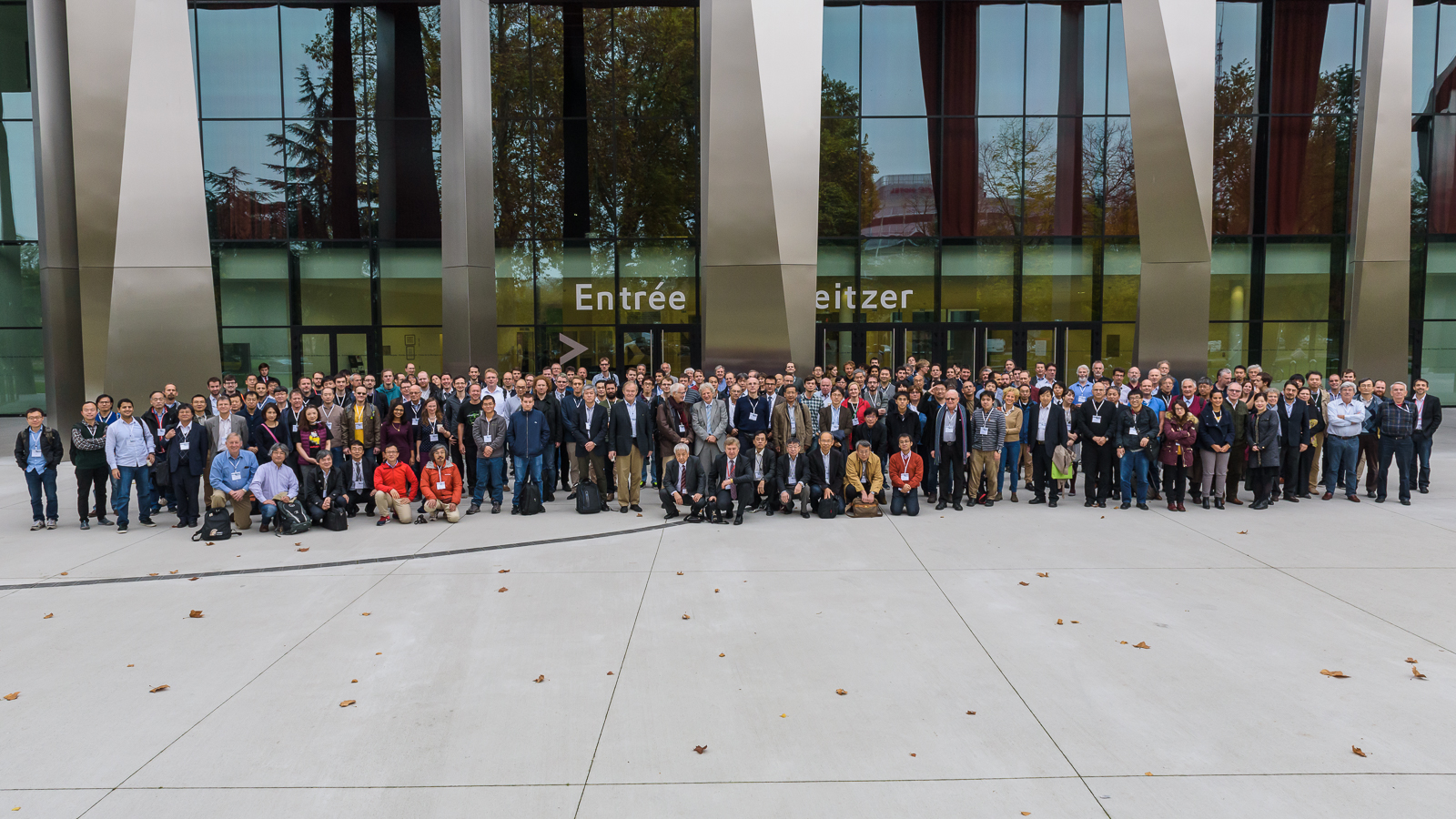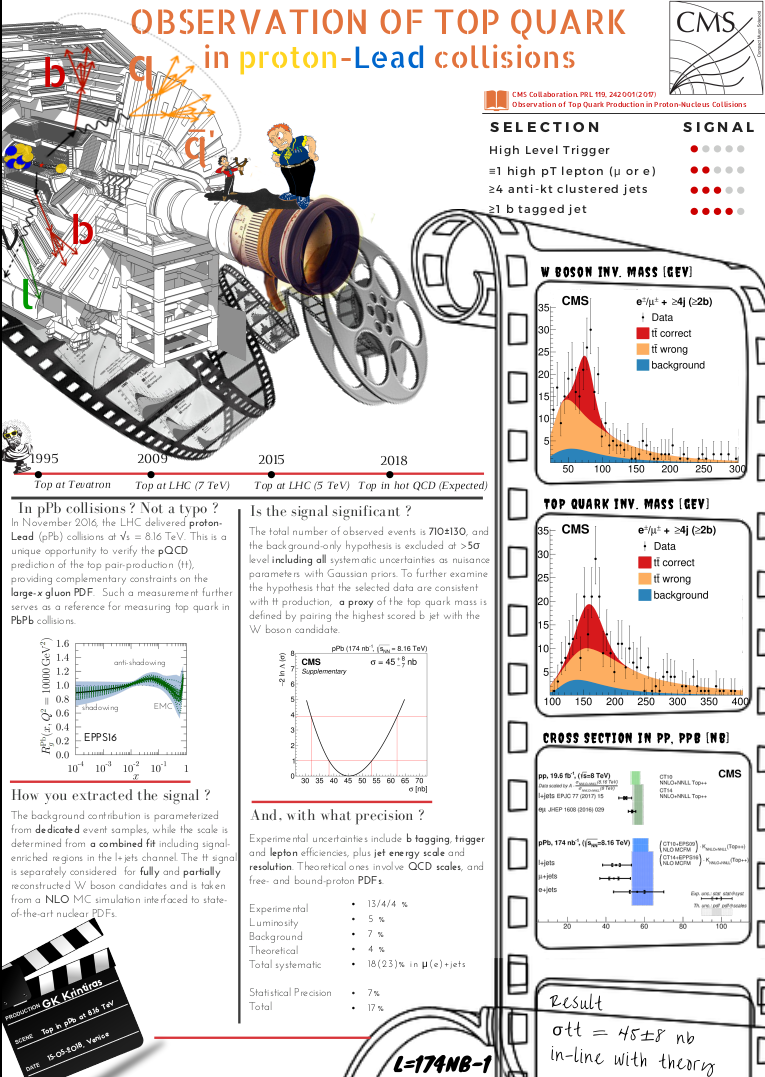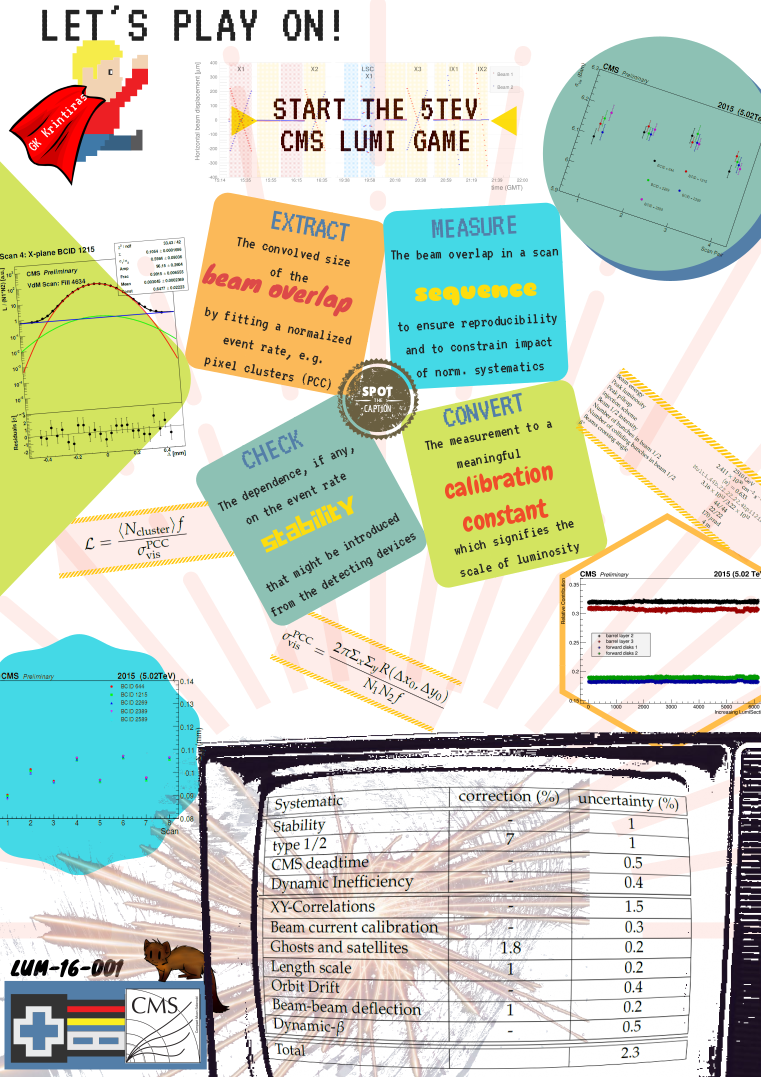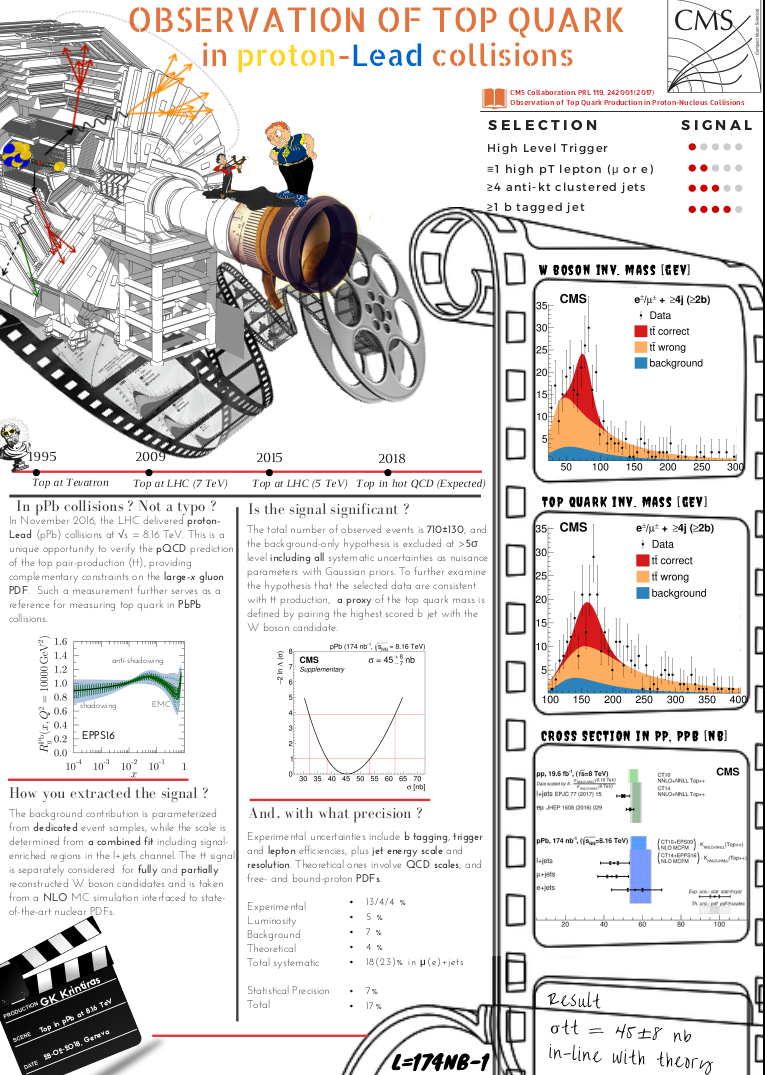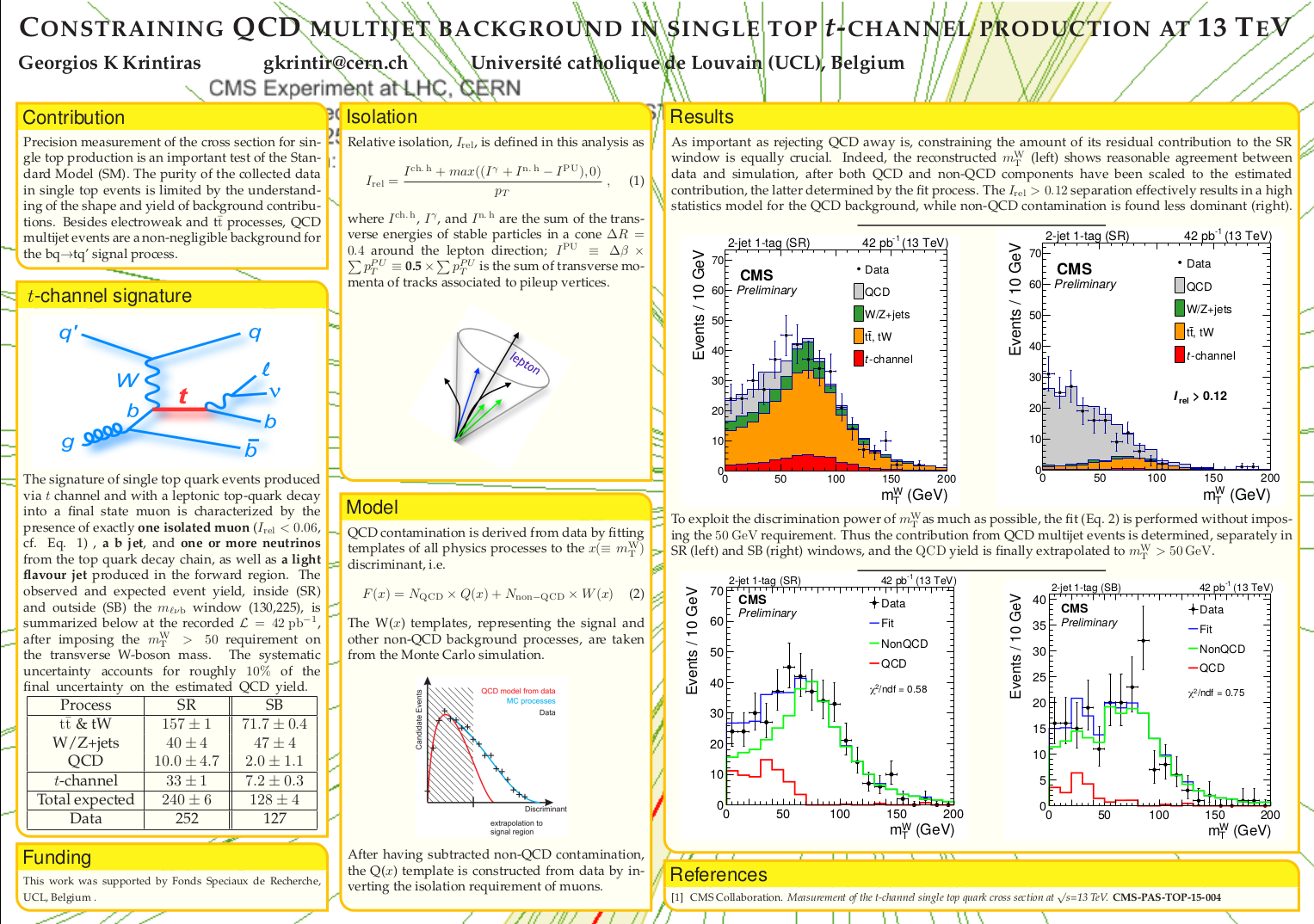Hello! I am Georgios. I hold a PhD degree in "Experimental Elementary Particle and Nuclear Physics" from Université catholique de Louvain (BE) with diverse research interests and educational background. The mobility (both geographical and scientific), well linked to an index of pioneering researchers, the supervisors, or better mentors, and host groups expertise had been the main motivation so far.
Excellent track records in scholar results are followed by wide research interests in TOP, HIN and HIG, and LUM and EGM physics and calibrations groups, respectively, in the Compact Muon Solenoid (CMS) experiment at the Large Hadron Collider hosted at the European Organization for Nuclear Research (CERN). I've co-authored a number of research papers and articles in prestigious journals, as reflected in the prolific scientific output. Currently, I serve as LUM POG co-convener (2019-2021), second (L2) in the CMS internal physics organization.
June 2014 — Present
High-level commitment to the collaborative effort is reached i) performing detailed luminosity measurements, i.e., a crucial machine parameter and input to almost all analyses, ii) approving the usage of electromagnetic objects in the realm of TOP physics analysis group, i.e., an important role to facilitate the communication between physics analyses and calibration groups, and iii) monitoring online the overall and data acquisition (DAQ) systems, i.e., shift positions with heavy responsibility. The commitment to the collaborative effort has been always calculated higher than the required average of three months per year, while close attention has been paid in providing publication drafts with meticulous feedback on top of that minimally imposed by the wide-based institutional reviews.
February 2019 — Present
The experimental parameter that enters in almost all physics analyses is the absolute number of collisions as recorded to the tape by the experiments, the scale of the so-called "integrated luminosity". Its knowledge is of paramount importance to precision studies at the LHC and HE- or HL-LHC. It is my honor to co-convene the entire CMS-wide efforts with a mandate from September 1st 2019 to August 31st 2021, a position high in the internal hierarchy and crucial to meet the challenging goals of all the physics projects. One of the most pressing questions in Nuclear Physics at the moment is the nature of the hadronic matter (known as quark-gluon plasma) created at very high collision energies. My research activities at KU focus on the first experimental observation of top quark production in heavy ion collisions and its applications. This novel phenomenon, one of the breakthroughs in Nuclear Physics, constitutes one of the most theoretically sound and cleanest possible experimental technique to time-resolve the quark-gluon plasma. The work is supported in whole by the Nuclear Physics (NP) program of the U.S. Department of Energy (DOE).
February 2015 — January 2019
Having devoted the initial year to the first measurement of the t-channel single top quark production at 13 TeV, the second and third years have been even more productive including the updated measurement in the t-channel, and two pivotal first observations of the top pair production using: i) proton-proton collisions at center of mass energy of 5.02 TeV, and ii) proton-nucleus collisions at the record nucleon-nucleon center-of-mass energy of 8.16 TeV. A great deal of effort has been also put in studying the associated t-channel single top quark production with the Higgs boson, the latter decaying to a pair of photons, at 13 TeV. The strenuous effort translated to three peer-review journal publications—with the most prominent being also featured as editor’s suggestion in Phys. Rev. Lett. and CERN Courier—numerous physics analyses summaries, oral contributions to international conferences, poster presentations in national meetings and international conferences or workshops, and internal seminars.
December 2014 — May 2015
Flow harmonics (both of even and odd order) stem from a so-called eccentricity-driven hydrodynamic expansion of the matter in the collision zone, i.e., a finite eccentricity drives uneven pressure gradients, hence the resulting anisotropic expansion leads to the anisotropic emission of particles about the reaction plane. During my research, second- to fourth-order Fourier coefficients (, n=2-4) have been measured for Λ and Λ hyperons as a function of transverse momentum (
2015 — 2019
UCLouvain, Belgium
The four year Doctoral Program, offered by UCLouvain (top 150 in QS world ranking) in collaboration with the Centre for Cosmology, Particle Physics and Phenomenology (CP3), is highly competitive and meets the stringent educational and research requirements. The general appreciation of the thesis jury concludes with: "Mr. Krintiras ability to innovate on conceptual and experimental levels is way beyond average". For that my work is nominated for the best thesis award in the CMS experiment. Meanwhile, I attended high-profile schools organized by the National Institute for Nuclear Physics (INFN, Ischia), Marie Curie Initial Training Network (MCnet, Spa), and the Belgian, Dutch, and German consortium (BND Summer School in Particle Physics, Antwerp).
2013 — 2015
University of Amsterdam, The Netherlands
By the end of May 2015, I had completed the Particle and Astroparticle Physics MSc curriculum offered by the University of Amsterdam (top 100 in QS world ranking) with the thesis topic focusing on measuring higher harmonics of identified particles in anisotropic transverse flow as part of the ALICE group at the Dutch National Institute for Subatomic Physics (NIKHEF). Meanwhile, it was of great honour to participate to the CERN summer student program in 2014, where I had the unique chance to study an optimization selection method of identified particles. My MSc studies were supported in whole by a scholarship given by the Greek State Scholarships Foundation (IKY). The overall effort from IKY to promote excellence in studies and research is certified by the European Foundation for Quality Management (EFQM).
2008 — 2013
University of Thessaloniki, Greece
Lund University, Sweden
I am fervent supporter of student and scientific staff mobility. Prior to receiving my Bachelor’s Diploma, I had dedicated a whole semester as an Erasmus (European Union funded) exchange student, where I had the chance to produce my Bachelor's thesis at Lund University (top 100 in QS world ranking) within the field of High Energy Nuclear Physics (ALICE group). My Bachelor's studies in Physics had meanwhile guaranteed the prolific transition to the competitive environment of graduate studies, while at the same time, along with the later, have paved the way to PhD studies.
Address
1251 Wescoe Hall Dr, Lawrence, KS 66045, US
Skype
gkrintir
gkrintir@SPAMNOTcern.ch

